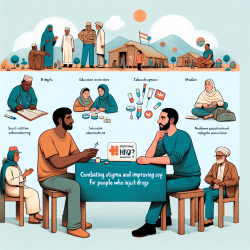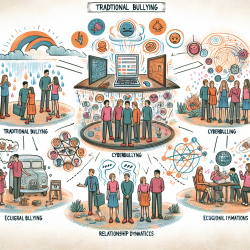Introduction
As a speech-language pathologist deeply committed to data-driven decision-making, I am constantly seeking innovative strategies to enhance communication skills and social development in children. An intriguing area of research, "A Natural History of the Drag Queen Phenomenon," offers valuable insights into signaling theory that can be applied in educational settings to create impactful outcomes for children.
The Drag Queen Phenomenon: A Brief Overview
The drag queen phenomenon, as explored in the research by Moncrieff and Lienard (2017), highlights the role of costly signaling in the cultural practice of drag. Drag queens, through their extravagant performances, communicate strategic qualities to their audience, often gaining social benefits despite the costs involved. This signaling framework can be a powerful tool in understanding human behavior, particularly in educational contexts.
Applying Signaling Theory in Child Development
Signaling theory, which explains how certain behaviors communicate information about the sender, can be adapted to enhance communication skills in children. Here are some strategies to implement these insights:
- Encourage Expressive Communication: Just as drag queens use exaggerated expressions to convey messages, children can be encouraged to use expressive communication. This can involve role-playing activities that allow them to experiment with different communication styles and build confidence.
- Foster Social Interaction: Drag queens often perform in social settings, gaining social capital. Encouraging children to engage in group activities can enhance their social skills and help them understand the dynamics of social interactions.
- Emphasize Resilience and Confidence: Drag queens face challenges and criticism, yet they persist. Teaching children resilience and confidence in their communication abilities can help them overcome social anxieties and improve their interaction skills.
Encouraging Further Research
While the drag queen phenomenon provides a unique lens through which to view communication and social signaling, further research is needed to explore its application in child development. Practitioners are encouraged to delve deeper into this area, examining how the principles of signaling theory can be tailored to support diverse learning needs in children.
Conclusion
The insights from the drag queen phenomenon offer a fresh perspective on communication and social development in children. By embracing the principles of signaling theory, speech-language pathologists can develop innovative strategies to enhance communication skills and foster positive social interactions. As we continue to explore these concepts, we open new pathways for creating impactful outcomes for children.
To read the original research paper, please follow this link: A Natural History of the Drag Queen Phenomenon.










